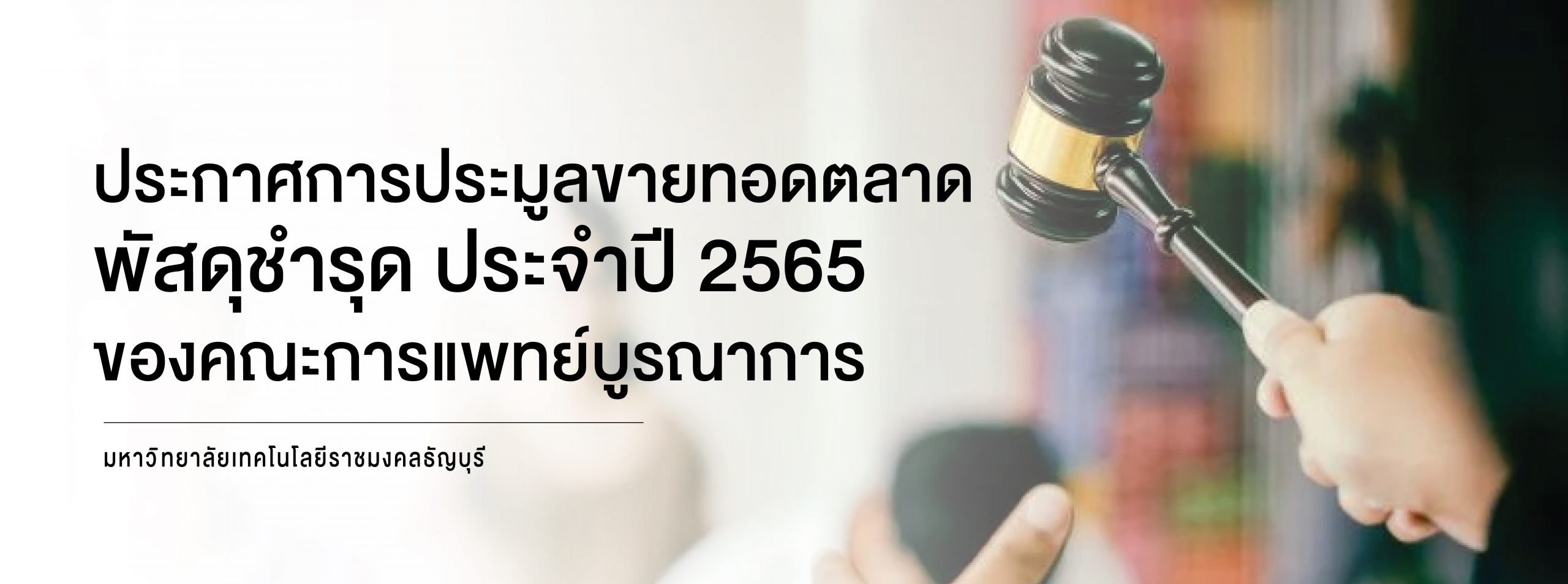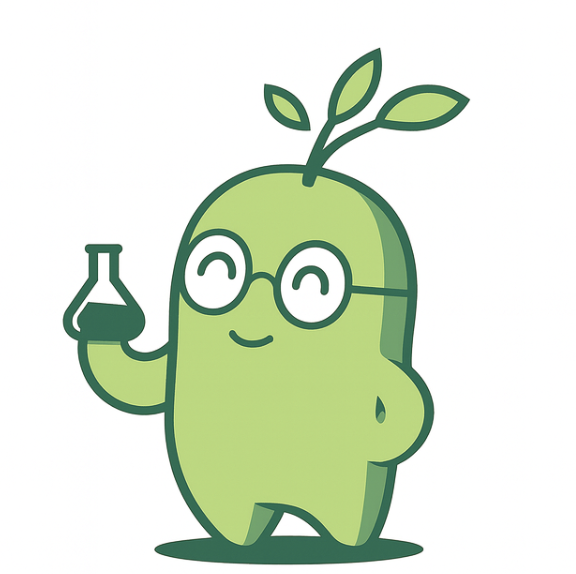
ประกาศรายชื่อผู้สอบผ่านการทดสอบและประเมินความรู้ความสามารถของผู้ขอรับใบอนุญาตเป็นผู้ดำเนินการในสถานประกอบการเพื่อสุขภาพ 1/2566
07/06/2023
ประกาศการประมูลขายทอดตลาดพัสดุชำรุด ประจำปี 2565 ของคณะการแพทย์บูรณาการ
19/07/2023Comparing Treatment Efficacy of Court-type Traditional Thai Massage, Elastic Taping, and Stretching for Plantar Fasciitis: A Three-Armed Randomized Controlled TrialPhiyaphon
Phiyaphon Poonsuk, Junya Pattaraarchachai, Sunyarn Niempoog, Watchara Damjuti and Jurairat Boonruab
Background: Plantar fasciitis is a chronic inflammatory disease originating at the medial calcaneal tuberosity. Eight-five percent of people who walk extensively at work have plantar fasciitis. The efficacy of court-type Thai traditional massage (CTTM) has never been established. This study investigated the efficacies of CTTM, elastic taping (ET), and stretching (ST) in plantar fasciitis patients.
Methods: Ninety patients were randomly assigned for 4 weeks to receive either: 1) CTTM twice a week, 2) ET once a week, or 3) ST of the Achilles tendon and plantar fascia every day. Pain intensity visual analogue scale (VAS), pressure pain threshold (PPT), and the foot and ankle ability measure (FAAM) were assessed at baseline, 4 weeks (treatment completion), and 8 weeks (follow-up). These outcome measures were compared within and between groups.
Results: Patient characteristics were not significantly different among the three groups. Comparing baseline to follow-up at 4 and 8 weeks, pain intensity at the first step in the morning (VAS-M), foot pain over the past 24 hours (VAS-24 h), PPT, and FAAM significantly improved (p< 0.001) for all three groups. The CTTM group exhibited the largest improvements in VAS-24 h at follow-up (p< 0.05). Meanwhile, there were significant differences between groups for VAS-M and PPT at 8 weeks (p< 0.05), but not 4 weeks. Differences in FAAM between groups at follow-up were small (p> 0.05).
Conclusion: CTTM is an effective treatment that can be used as an optional therapeutic technique for plantar fasciitis patients.
Read more: Click here






